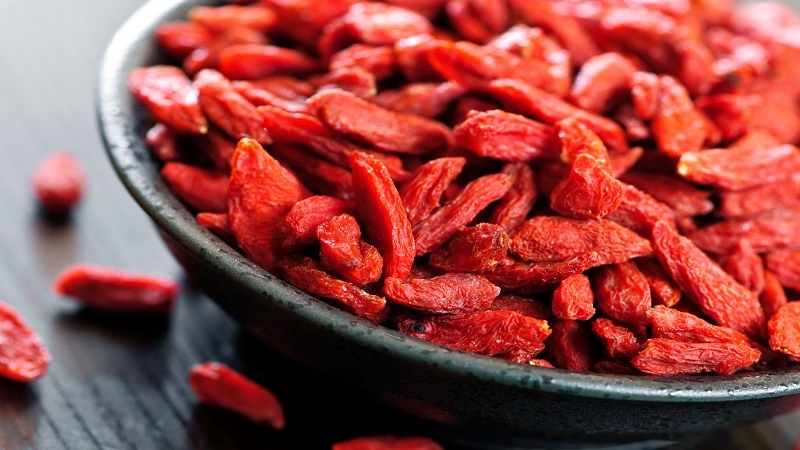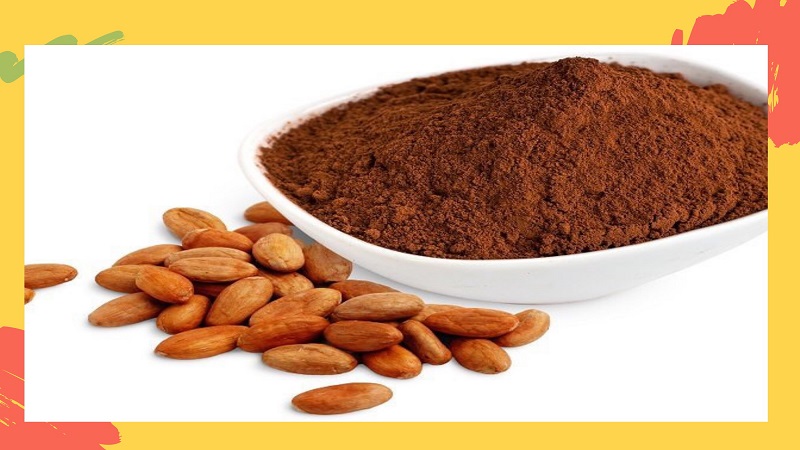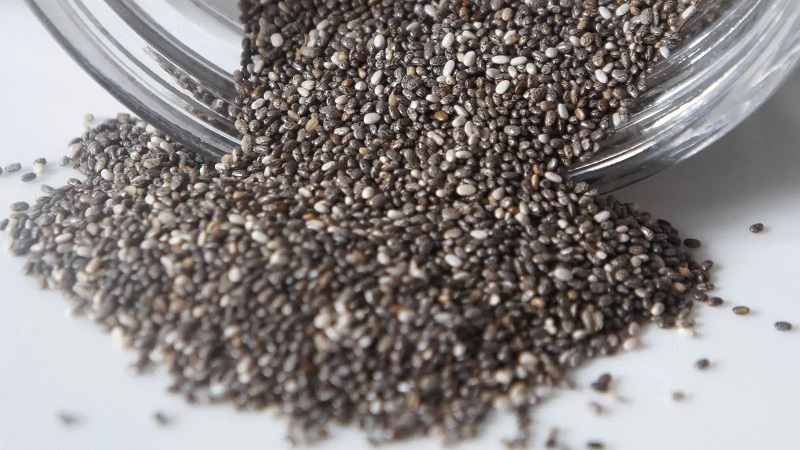Superfoods are a diverse group of nutritional powerhouses, packed with an array of health benefits. Discover the world of superfoods, their advantages, and how to incorporate them into your diet below.
1 What are Superfoods?
While there is no official definition of superfoods, the term generally refers to foods that are nutrient-dense and offer a multitude of health benefits. According to the Cancer Research UK, “superfoods are just a marketing term and there is no scientific basis to the claims.”
 What are Superfoods?
What are Superfoods?
Superfoods are known for their high nutritional content, providing the body with essential vitamins, minerals, and other beneficial compounds. These foods are believed to promote overall health and well-being.

2 Benefits of Superfoods
Research has shown that superfoods, rich in antioxidants, offer a range of health benefits, including:
- Reducing the risk of heart disease and cancer.
- Boosting the immune system and reducing inflammation.
- Aiding in weight management and maintaining a balanced body.
- Promoting healthy skin, nails, and hair due to their high nutrient content.
Nutritionist Penny Kris-Etherton notes, “There’s a lot of excitement about these foods and the idea that they can protect against chronic diseases and other health problems. People think that if they eat a few of these so-called superfoods, or take them as supplements, they don’t have to worry about the rest of their diet or lifestyle.”
While superfoods are nutrient-dense, it’s important to remember that they should be part of a balanced and healthy diet. Simply focusing on individual foods or dieting is not a cure-all for health issues.
Some studies also suggest that certain “superfoods” may be overhyped, and the scientific data on their disease-preventing qualities is often inconsistent and inconclusive.
Superfoods are an essential part of a healthy diet, providing a range of nutritional benefits. However, to ensure a truly balanced diet, it’s important to include a variety of different foods. This ensures that your body receives all the necessary nutrients, including both macro and micronutrients, which are vital for optimal health.
Additionally, maintaining food hygiene and safety is crucial. By incorporating superfoods into a healthy diet and lifestyle, including regular exercise and adequate rest, you can strengthen your immune system and lay the foundation for good nutrition and overall well-being.
If you want to learn more about choosing the best superfoods or health-protecting foods, be sure to consult with healthcare professionals for personalized advice.
 Benefits of Superfoods
Benefits of Superfoods
3 Types of Superfoods
Superfoods encompass a wide range of foods, each offering unique nutritional benefits:
Goji Berries
Goji berries, also known as wolfberries, have a sweet and slightly sour taste. These reddish-orange or yellow-red berries, native to Asian countries, offer a range of health benefits.
Goji berries are nutrient-rich, packed with vitamins and minerals. They are known for boosting the immune system, combating fatigue and depression, and providing anti-aging and liver-protecting effects.
 Goji Berries
Goji Berries
Blueberries
Blueberries, native to North America but commercially grown throughout the Americas and Europe, are small, round, and range in color from green to blue to purple when ripe.
Blueberries are low in calories and rich in nutrients, providing an excellent source of vitamins and minerals. They boast the highest antioxidant capacity of all commonly consumed fruits.
Consuming blueberries offers a range of benefits, including weight loss support, stronger bones, lower blood pressure, improved digestion, and a reduced risk of heart disease and urinary tract infections.
 Blueberries
Blueberries
Almonds
Almonds, native to the Middle East, are seeds obtained from the fruits of almond trees.
Almonds are rich in healthy fats, antioxidants, vitamins, and minerals. They are known for supporting healthy weight loss, regulating blood sugar levels, promoting heart health, and preventing atherosclerosis.
 Almonds
Almonds
Brown Rice
Brown rice is a whole grain that has only had its outermost layer removed, leaving the nutrient-rich bran and germ layers intact.
Brown rice retains various beneficial compounds, including unsaturated fatty acids, starch, protein, dietary fiber, vitamins, and minerals.
Consuming brown rice offers several health benefits, such as aiding weight loss, reducing the risk of diabetes and heart disease, lowering blood pressure, and promoting heart health. The magnesium in brown rice can also help alleviate asthma symptoms.
 Brown Rice
Brown Rice
Cacao
Cacao, native to Central America, is a plant belonging to the Sterculiaceae family.
Cacao is rich in antioxidants, fats, carbohydrates, protein, and is particularly high in phosphorus.
Consuming cacao offers several health benefits, including reducing the risk of heart disease, improving skin elasticity and texture, and reducing wrinkles.
 Cacao
Cacao
Kale
Kale is a vegetable commonly grown in temperate regions.
Kale is low in calories, rich in fiber, and has a high vitamin K content.
Consuming kale offers several health benefits, including stronger bones, reduced risk of osteoporosis, detoxification support, and weight management. It’s a great addition to salads or can be blended into delicious smoothies.
Chia Seeds
Chia seeds, native to South America, are considered one of the best brain and body-boosting foods.
Chia seeds are rich in omega-3 fatty acids, fiber, protein, and various other nutrients.
Consuming chia seeds offers a range of benefits, including weight loss support, improved digestion, blood sugar regulation, and reduced risk of breast and cervical cancer.
 Chia Seeds
Chia Seeds
Macadamia Nuts
Macadamia nuts, scientifically known as Macadamia, are considered the most delicious and expensive nuts in the world, as well as the most nutrient-dense.
Macadamia nuts are native to Australia and are rich in monounsaturated fatty acids (MUFA) and plant compounds that effectively lower cholesterol levels.
Consuming macadamia nuts offers benefits for digestion and gut health, and they also help prevent cancer. The plant compound tocotrienols in macadamia nuts protect brain cells from the harmful effects of glutamate, a risk factor for diseases like Parkinson’s and Alzheimer’s.
 Macadamia Nuts
Macadamia Nuts
4 How to Use Superfoods
There are numerous ways to incorporate superfoods into your diet. One great way is to blend them into smoothies or mix them with fresh produce.
- Goji berries can be brewed into a delicious tea, mixed with yogurt, or even made into wine.
- Macadamia nuts, cacao, acai berries, and maqui berries can be added to baked goods or beverages, while chia seeds can be sprinkled on just about anything.
- Kale, packed with antioxidants, vitamins, fiber, and protein, is excellent in salads and can also be blended into tasty smoothies. Give it a try and discover a delicious way to boost your health.
 Ways to Use Superfoods
Ways to Use Superfoods
We hope that this information on superfoods, their benefits, and how to use them will help you make informed choices for your family’s health. Wishing you and your loved ones abundant health and happiness.



































